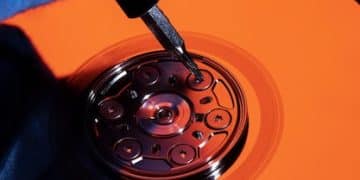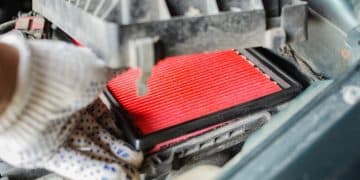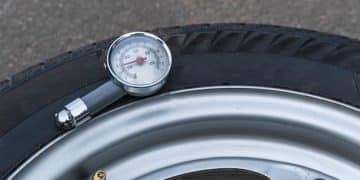Diagnose Car Problems: A Step-by-Step Troubleshooting Guide
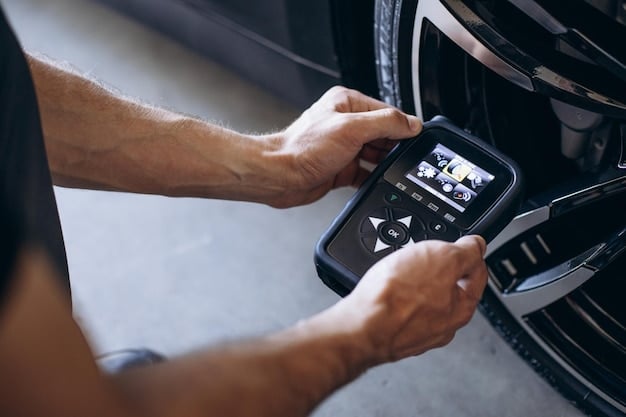
Diagnosing common car problems involves a systematic approach, starting with understanding the symptoms, performing visual inspections, utilizing diagnostic tools like OBD-II scanners, and consulting repair manuals for effective troubleshooting.
Is your car making strange noises, or is the check engine light on? Don’t panic! Diagnosing common car problems: a step-by-step guide to troubleshooting your car can save you time, money, and a trip to the mechanic. With a little knowledge and some basic tools, you can identify the issue and potentially fix it yourself.
Understanding Common Car Problems
Before diving into the troubleshooting process, it’s crucial to understand the most common issues that affect cars. These range from simple problems like a dead battery to more complex engine or transmission issues.
Knowing the symptoms and potential causes can help you narrow down the possibilities and focus your diagnostic efforts.
Common Symptoms and Their Potential Causes
Identifying the symptoms your car is exhibiting is the first step in diagnosing the problem. Each symptom can point to a range of potential issues.
- Check Engine Light: Could indicate anything from a loose gas cap to a faulty oxygen sensor.
- Strange Noises: Squealing brakes might need new pads, while a knocking engine could signal serious internal damage.
- Difficulty Starting: Could be a dead battery, faulty starter motor, or fuel delivery issue.
- Poor Fuel Economy: Might be caused by a dirty air filter, worn spark plugs, or a malfunctioning oxygen sensor.
Pay close attention to when and how the symptoms occur. Does the noise only happen when you brake? Does the engine struggle to start only when it’s cold? These details can provide valuable clues.
Understanding these common car problems and their common causes is the first step in figuring out what is wrong with your vehicle.
Gathering Information and Tools
Before you start tinkering with your car, it’s important to gather the necessary information and tools. This preparation will make the diagnostic process smoother and more efficient.
Having the right resources and equipment on hand can also prevent you from causing further damage to your vehicle.
Essential Tools for Car Diagnostics
The right tools can make all the difference. Here are some essentials to have on hand:
- OBD-II Scanner: Reads diagnostic trouble codes (DTCs) from the car’s computer.
- Multimeter: Measures voltage, current, and resistance to test electrical components.
- Socket Set and Wrenches: For removing and tightening bolts and nuts.
- Screwdrivers: Both flathead and Phillips head.
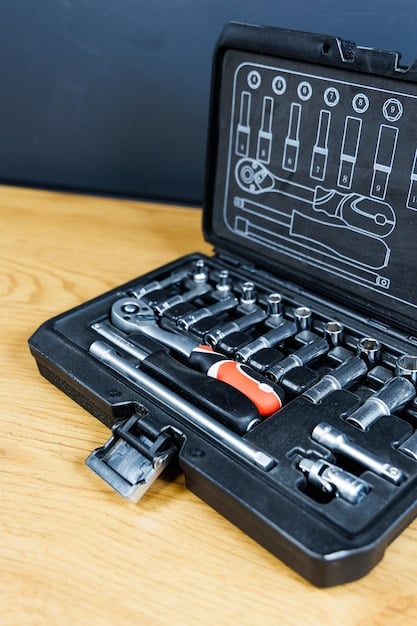
Beyond these basics, consider investing in a repair manual specific to your car’s make and model. These manuals provide detailed diagrams and instructions for various repair procedures.
Ensuring you have the proper tools and reference materials will facilitate a more accurate and safer diagnosis.
Performing a Visual Inspection
Often, a simple visual inspection can reveal obvious problems. Take a walk around your car and look for any visible signs of damage, leaks, or wear and tear.
This initial assessment can save you time and effort by identifying issues that are immediately apparent.
Check Fluids and Look for Leaks
Start by checking all fluid levels, including:
- Engine Oil: Low oil can cause serious engine damage.
- Coolant: Low coolant can lead to overheating.
- Brake Fluid: Low brake fluid can compromise braking performance.
- Power Steering Fluid: Low fluid can make steering difficult.
Also, inspect the ground under your car for any signs of leaks. The color and location of the leak can help you identify the source.
A thorough check of the fluids and a look at the general state of your vehicle will help you catch smaller issues before they become bigger issues.
Using an OBD-II Scanner
The OBD-II scanner is your best friend when dealing with modern car problems. It reads the diagnostic trouble codes (DTCs) stored in your car’s computer, providing valuable clues about the source of the problem.
Understanding how to use an OBD-II scanner can quickly narrow down the potential issues, saving you considerable time and guesswork.
Reading and Interpreting Diagnostic Trouble Codes (DTCs)
Connect the OBD-II scanner to the diagnostic port, usually located under the dashboard. Turn the ignition to the “on” position but don’t start the engine. Follow the scanner’s instructions to read the DTCs.
Each DTC corresponds to a specific problem. For example, a P0300 code indicates a random misfire, while a P0171 code indicates a lean fuel condition.
However, keep in mind that DTCs are not always a definitive diagnosis. They can point you in the right direction, but further investigation may be needed.
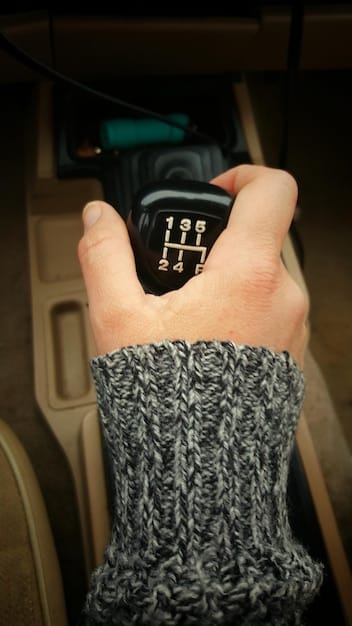
Troubleshooting Common Issues
With the information gathered from the visual inspection and OBD-II scanner, you can start troubleshooting the problem. Let’s look at some common issues and how to address them.
Having a systematic approach to troubleshooting will make the process more efficient and increase your chances of finding a solution.
Addressing a Dead Battery
If your car won’t start and the battery seems dead, try jump-starting it with another car. If it starts, have the battery tested to determine if it needs to be replaced.
Also, check the battery terminals for corrosion and clean them if necessary. Corrosion can prevent the battery from making a good connection.
Diagnosing Brake Problems
Squealing brakes often indicate worn brake pads. Inspect the pads for wear and replace them if they are thin. Also, check the brake rotors for damage or wear.
If the brakes feel spongy, there may be air in the brake lines. Bleed the brakes to remove the air.
Working through specific examples of car troubles will further your understanding car repairs.
Knowing When to Seek Professional Help
While many car problems can be diagnosed and fixed at home, some issues require professional expertise. Knowing when to seek help from a qualified mechanic is crucial to avoid further damage and ensure your safety.
Recognizing the limits of your own knowledge and capabilities is an important part of responsible car maintenance.
Signs It’s Time to Call a Mechanic
If you encounter any of the following situations, it’s best to seek professional help:
- Complex Engine Problems: Internal engine damage or major malfunctions.
- Transmission Issues: Slipping gears, harsh shifting, or complete transmission failure.
- Brake System Problems: If you’re not comfortable working on the brake system.
- Electrical Issues: Complex electrical problems that require specialized diagnostic equipment.
Attempting to fix these issues without the proper knowledge and tools can be dangerous and may cause further damage.
Knowing when to call for professional support will save you some headaches down the road.
| Key Point | Brief Description |
|---|---|
| 🛠️ Visual Inspection | Check fluids, leaks, and visible damage. |
| 🚦 OBD-II Scanner | Read and interpret diagnostic trouble codes. |
| 🔋 Dead Battery | Jump-start, test, and clean terminals. |
| 🛑 Brake Issues | Inspect pads, rotors, and bleed brake lines. |
Frequently Asked Questions
▼
An OBD-II scanner is a tool that reads diagnostic trouble codes (DTCs) from your car’s computer, helping you identify the source of a problem. It can quickly narrow down potential issues, saving time and guesswork.
▼
Common signs include slow engine cranking, dimming headlights, and the battery warning light illuminating on your dashboard. If you notice these, have your battery tested soon.
▼
It’s recommended to check your car’s fluid levels at least once a month. This includes engine oil, coolant, brake fluid, and power steering fluid to ensure optimal performance and prevent damage.
▼
Overheating usually indicates a problem with your cooling system, such as low coolant, a faulty thermostat, or a malfunctioning water pump. Address it quickly to prevent engine damage.
▼
Replace your brake pads when they become thin, usually around 1/4 inch or less. Squealing noises or grinding sensations when braking are also signs that it’s time for replacement.
Conclusion
By following this step-by-step guide, you can confidently approach diagnosing many common car problems. Remember to prioritize safety, gather the right tools, and know when to seek professional help. Diagnosing common car problems: a step-by-step guide to troubleshooting your car can save you money and keep you on the road.
